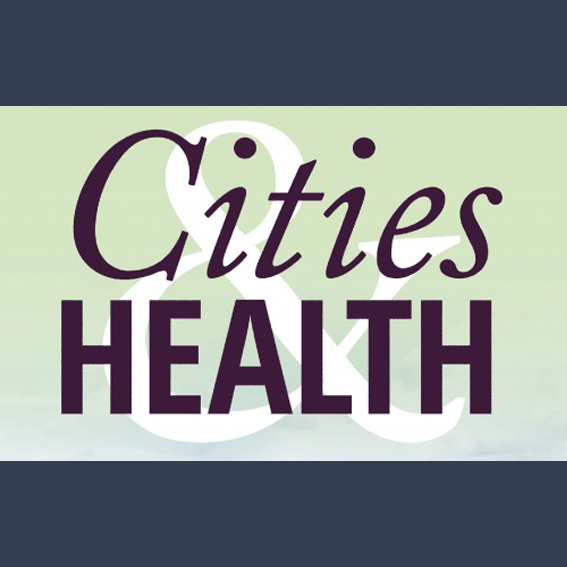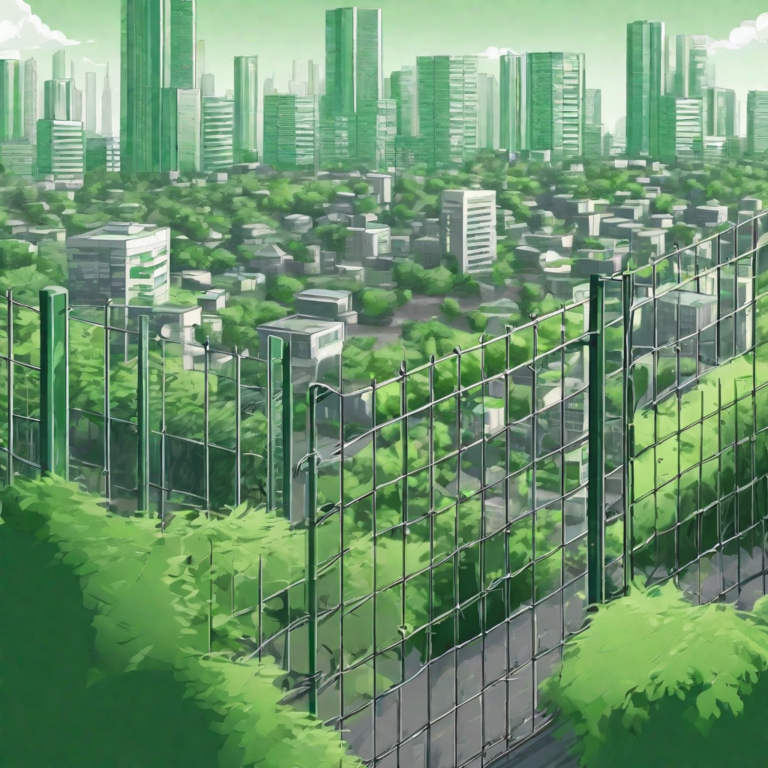
A review of the impact of regenerative design on resilience in mixed-use developments within urban core neighbourhoods
We completed a scoping literature review to determine how existing literature addresses regenerative design principles in the context of mixed-use buildings, and to determine what opportunities exist to advance the knowledge and implementation of regenerative design performance areas.











